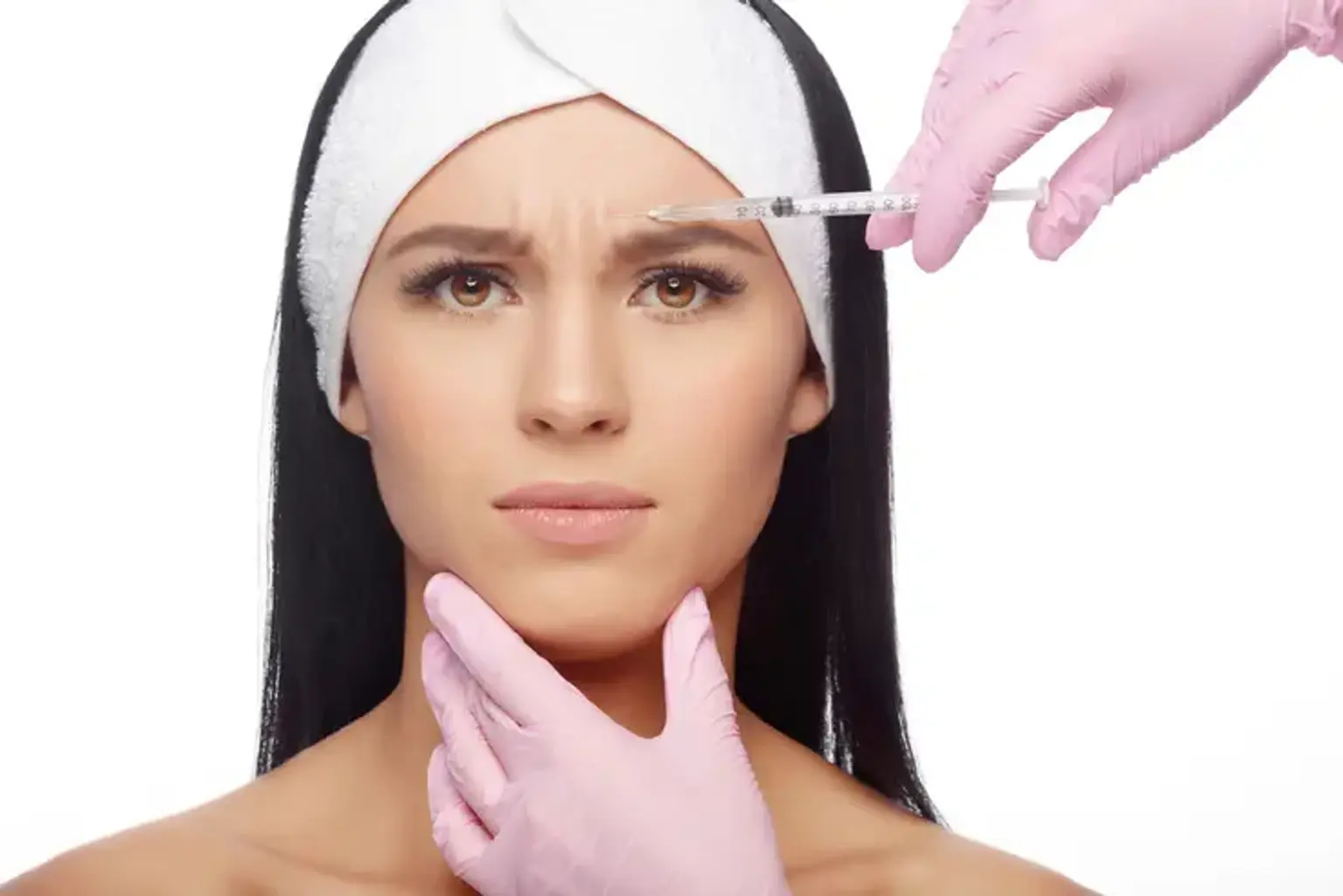Introduction
Glabella Botox is one of the most popular non-surgical cosmetic treatments aimed at smoothing out frown lines, which are commonly found between the eyebrows. These lines, known as glabellar lines, can make a person appear angry or tired, even when they’re not. Botox, a purified protein derived from Botulinum toxin, is injected into the glabella area to temporarily relax the muscles causing these wrinkles, providing a smoother, more youthful appearance.
This treatment has gained widespread popularity worldwide, especially as a quick, minimally invasive solution for facial wrinkles, with no need for surgery or significant downtime.
What Are Glabellar Lines?
Glabellar lines are vertical wrinkles that form between the eyebrows, often referred to as “frown lines” or “11 lines” due to their shape. They appear when the muscles between the eyebrows (the procerus, corrugator supercilii, and depressor supercilii) contract repeatedly, usually due to facial expressions like frowning or squinting.
These lines can start as temporary creases but can become more prominent and permanent over time, especially with aging. Botox is highly effective in treating these lines by temporarily blocking the nerve signals that cause muscle contractions, allowing the skin to smooth out.
